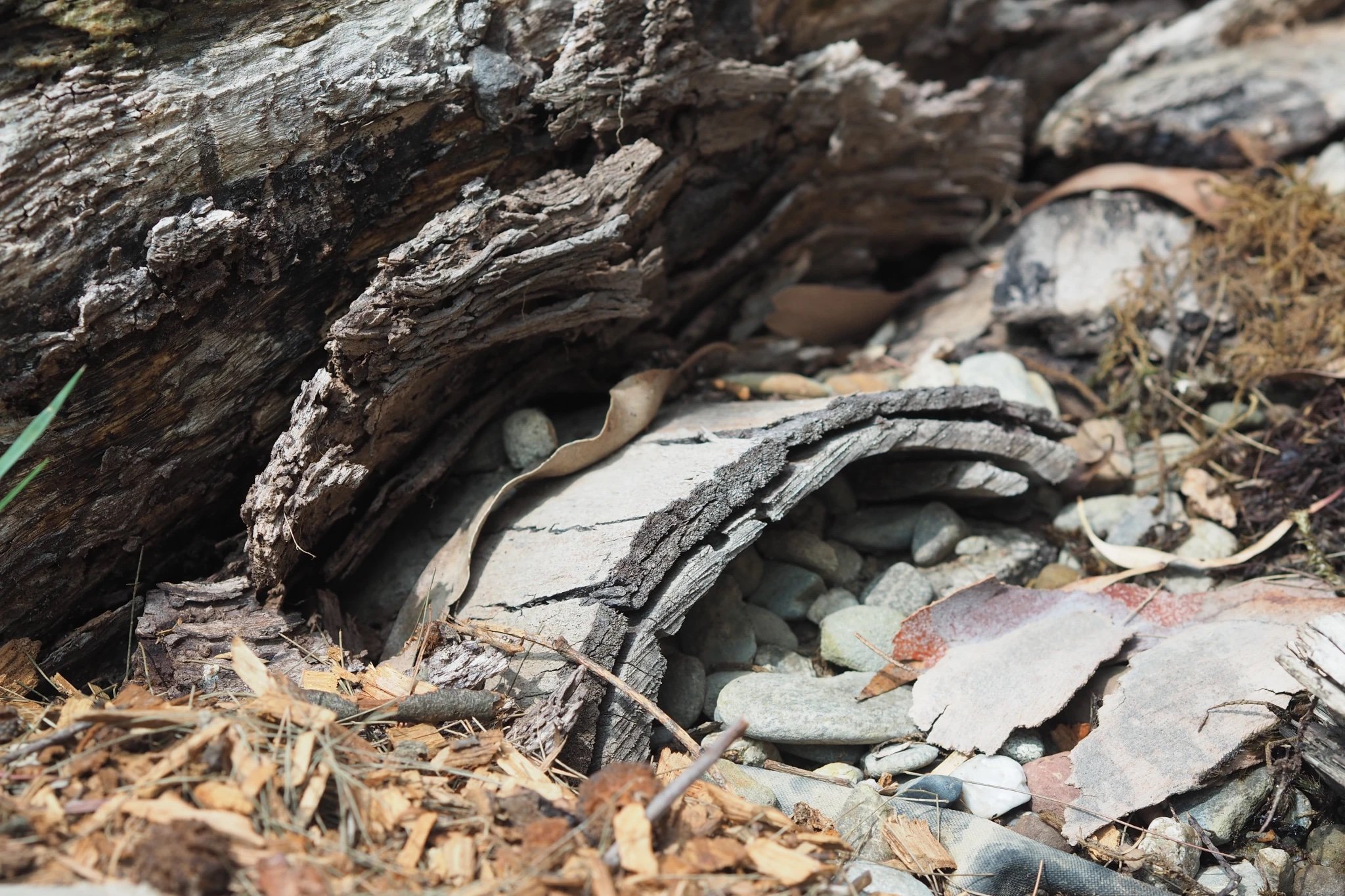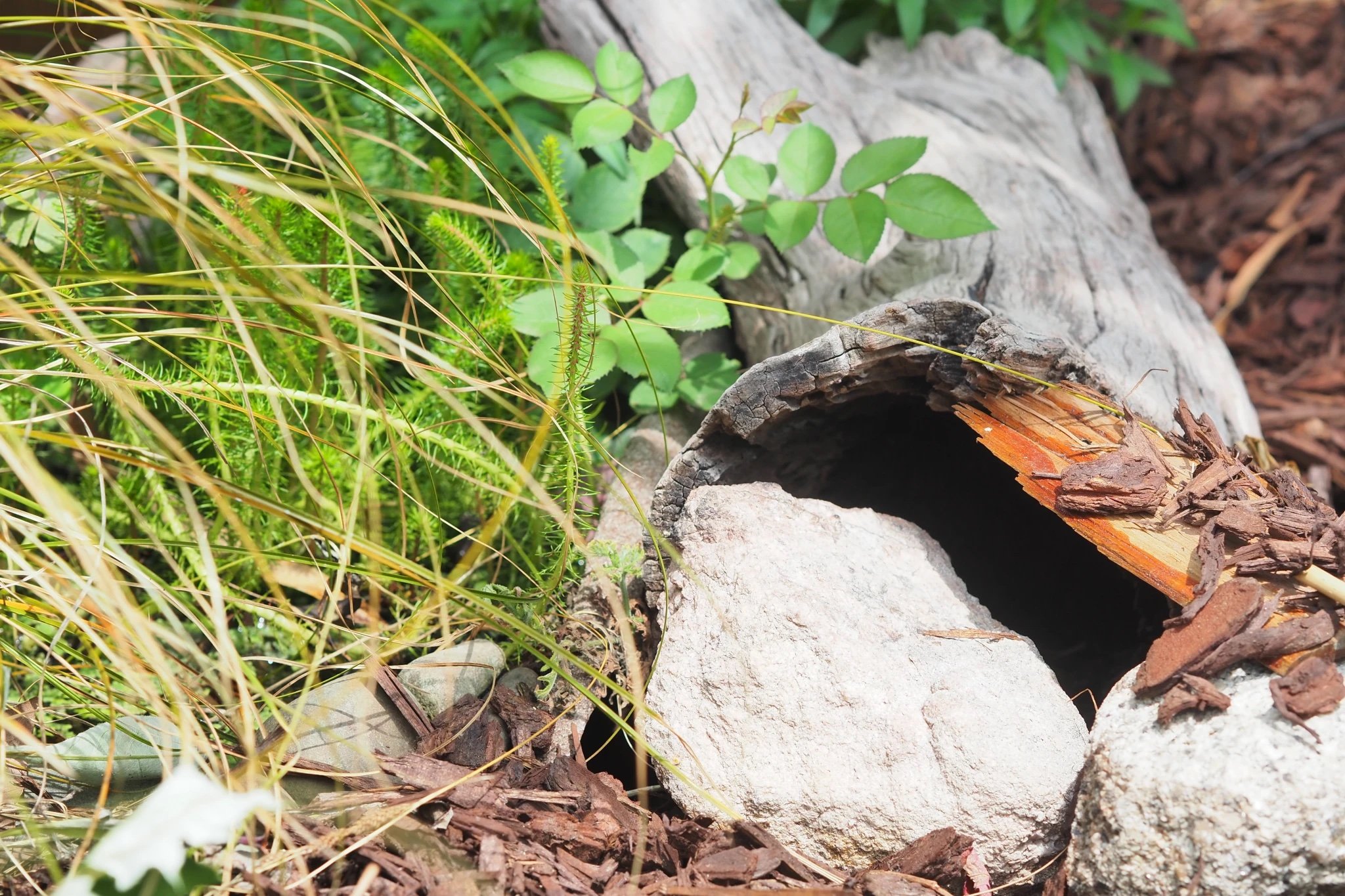Oh no, everything’s going to shit!
I wonder, am I just one more insignificant blip in the order of things? Is there anything I can even do right now? What are we going to do?
Waterlilies in an old bath tub.
I’ve had that nasty feeling in my throat and chest lately. Like I am too full, or maybe really hungry, or maybe I need to cry, but I don’t know which one. I want to hop back into bed, but I feel too guilty about doing nothing. Is it even possible to feel a little bit raw and a little bit numb at the same time? I don’t know what to do.
It seems that many people are feeling a similar sense of helplessness and hopelessness (sorry, that’s a lot of ‘essness’s’) as we start the year 2020. I read of people’s grief, be it for the changing climate, the fires burning, of animals dying or politicians ignorance. It feels so overwhelming.
The recent bushfires raged through my dad’s superb forested property. For weeks now I’ve wanted to go and help him, or just hug him, but the roads were blocked. I’ve wanted to drive around the burnt forests to rescue injured or homeless wildlife, but the fires weren’t even close to my home. I really want to help. I’ve donated money and artwork to help raise money for The Red Cross and Wildlife Victoria, but it doesn’t make me feel any better, given the magnitude of this crisis.
I just want to make everything better.
But right now I can’t. I’m stuck here at home, where it has been raining…….. therefore my garden is green…..…which I even feel guilty about too.
Miriophyllum or Watermilfoils growing in a shallow pond.
But here’s what I can do.
(Rather, here’s what I do, and things that maybe you could do too?)
What I can do best at the moment is support the wildlife in and around our home garden. Insects, birds, frogs and reptiles are struggling all over the world to live healthy and safe lives, especially here in Australia right now with extreme drought and post fire conditions. Along with feral animals, habitat loss, poisons and cars it’s a miracle that we have any wildlife left at all.
Humans have spread everywhere, just like wildfire, vacuuming up rich ecosystems and replacing them with sterile farming mono-cultures and suburban yards of lawn, iceberg roses and a silver birch or two (if you’re lucky). Vast areas of concrete smother the soil which was once packed full of wonderous microbes, fungi, minerals, water, carbon and so much more. It has literally been smothered to death. People use poisons in their gardens, most often to kill insects, arachnids and ‘weeds’. But often it’s these creatures we need! They are part of a complex food-chain that keeps lifecycles turning.
On top of everything people grow useless shrubs that offer neither food nor habitat for wildlife instead of planting species that provide. There is nowhere left for our wild animals to hide or breed or feed or drink in many gardens .
Let’s change that, I reckon.
A little hideaway for little skinks.
What we need is a bit of MESS in our gardens! I really do think we need mess because we’ve become too obsessed with making everything neat (and boring and sterile). It’s often messy places that create the perfect conditions for fungi to grow and work their magic or becomes the kind of environment that insects like to breed in or safe hideaways for frogs. I think all gardens could have an area where old logs can slowly rot and a stack of rocks piled up in a corner or a mound of sticks and branches under a tree so we can see what happens over time.
The more biodiversity we can support in our gardens the healthier everything will be. We want biodiversity. We need it! But how do we even start?
Ants, crickets, skinks and spiders call this ‘mess’ home.
Some things you could do.
There are really simple things that anyone can do that make a real difference for the ongoing survival of our unique and precious wildlife. If you have access to any outside space, be it a front or backyard, a courtyard or a quiet nature strip/verge or even a balcony, you can encourage wildlife to your garden.
This hollow log, with rock entrance, is now the home to a young blue tongue lizard.
Water. Water. Water.
By simply placing water in your garden you are sure to get wildlife coming to drink or bathe in it. Birds love splashing in a birdbath and will return, often daily, for their bath. Bird baths are also vital drinking hubs for the many species that will hear along the grapevine that your garden has a reliable source of water. Just make sure that you place the birdbath out of full sun in summer, so that the water doesn’t warm up, and it is best set up near bushes so that birds feel safe flipping around with glee.
Topping up the water regularly and giving the bowl a clean out every now and then makes everyone happy too. Just avoid anything too deep or slippery, because little birds can actually drown in a birdbath. I sometimes place different sized river rocks in any bowls that I worry are a little deep, so that birds of different sizes can get a good footing.
Frogs LOVE watery places very much indeed.
Our resident Brown Tree Frog Litoria ewingii
To hear a frog calling is one of my favourite things. For some reason their sounds make me think that everything is going to be okay in the world. I am delighted to hear a frog start up it’s call and to have another one answer back from another area in the garden. I go out most nights with a head-torch to see if I can spot a frog visiting one of the many water options in our garden. Several frog species have moved in and have their ‘own’ territory now, calling each evening in spring and summer, often from exactly the same place.
Despite my handmade ‘duck exclusion’ frames, a certain duck named Gloria does her best to disrupt watery ecosystems.
I also have a couple of shallower ‘ponds’ that are wide shallow bowls set at ground level, once again with water plants growing in them. Each one seems to have a resident frog (or froggy family?) living in and around them. Frogs love moist areas to spend their day in, and then they head out at night to soak in their ponds (because they drink entirely through their skin!) and then hunt for their dinner around the garden. I have rocks placed in messy stacks, dry stone walls with nice deep cracks and crevice’s, rambling ground covers, old pieces of wood with holes or arches and lots of deep leaf litter around the ponds which give the frogs a damp, safe places to live. Very few frogs spend a great deal of time swimming around in water. They do need it to bathe, drink, feed and breed, and sometimes they’ll dive in and under the water for safety, but mostly they’ll hang around the water. Their tadpoles totally rely on a healthy and reliable body of water to hatch in and grow. Tadpoles are just so exciting to watch hatch, going from their jellylike eggs, growing before your eyes, sprouting legs and eventually metamorphosing into frogs. I will never tire of having frogs in the garden. Never, ever.
Letting vegetables go to seed and flowers ramble is a delight for many insects.
Letting vegetables go to seed and flowers ramble is a delight for many insects.
Insects need water too.
I now have dedicated birdbaths as ‘insect baths’ or ‘bars’ dotted around the garden. I’m not sure why I never thought about the billions of insects in the world and their need for water too, but now I happily supply them with their own drinking water and they use it every day. We need insects, very much indeed, and insects need water. That much I can do, and I’ll leave the tricky business of pollination to them.
If you set out shallow bowls of water, or deeper bowls but with an assortment of life saving rocks and ‘branch bridges’ you will get the joy of watching insects come and go all day. Bees need a lot of water to help with the production of honey and to cool their hive down. I see native bees and wasps, dragon flies and all sorts of insects sit on the edges of the bowls or rocks and lap, or suck, up the water. And they do tell their friends in their magical way, which leads to more happy wildlife visiting each day.
One of our resident blue-tongue lizards Tiliqua.
So, in our garden over the years…….
Many small birds have moved in, ever since we planted more bushes. Some nest in dense foliage, especially those plants with prickles such as hakeas and climbing roses, others choose open trees with better views. Eastern Spine-bill honey-eaters drink nectar from the ever flowering salvia whilst praying mantis hunt insects throughout the garden, like tiny green aliens on a mission. When I spot aphids in the garden I know the aphids are in real trouble. There seems to be so much life happening just outside the back (and front) door.
This hasn’t happened overnight, but over the years of building up the soil has grown a healthy garden that can now support the many creatures that live here. It’s become one tight knit system, or symbiotic relationship, between what is flowering, who is breeding, what mulch is where and who eats who! Everything is connected. I know it sounds so cleche, but the more time I spend gardening and observing nature I understand how true this is.
So let there be flowers and water and mess and (maybe) all will be (a little more) well in the world!
Globe artichokes in flower are a luxury item for bees. They adore them.
In the future I promise that I’ll learn how to ramble less, take better pictures and become more organised with this blog, as I get to know it. This has seriously pushed my computer skills to the maximum!
If you made it this far, THANK YOU, from the bottom of my heart to the bottom of my garden.
Let’s hope that it’s the little steps that people like you and me make, along with the big changes needed, that some of the damage humans have created will begin to heal.
Take care
Clare
xxx









